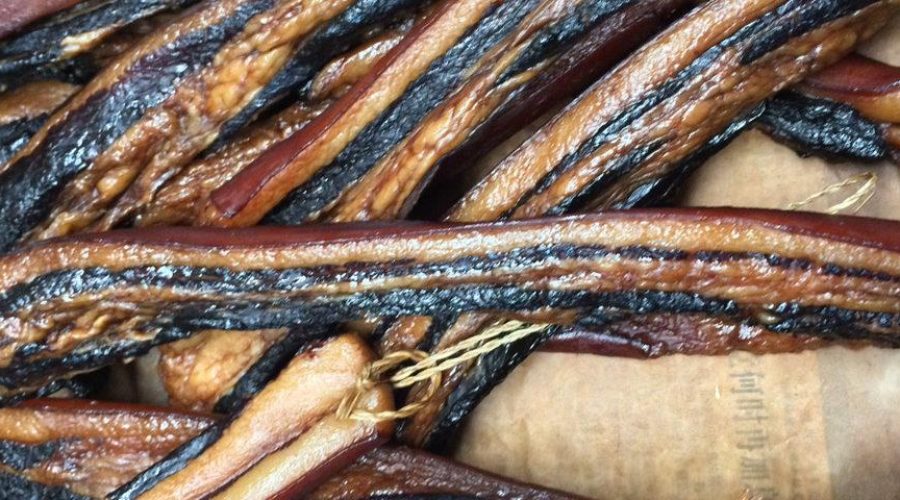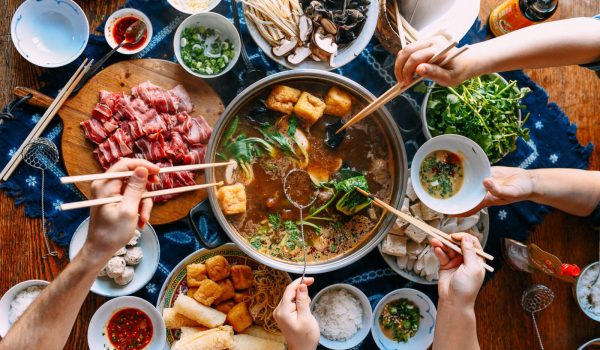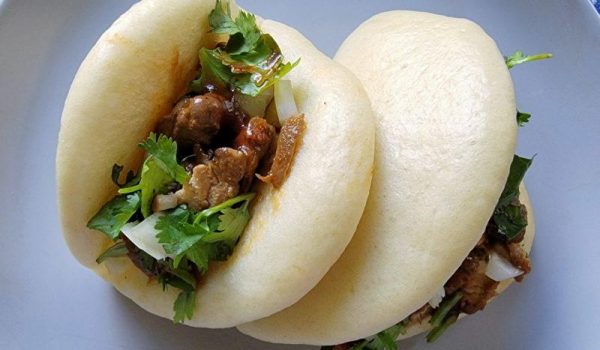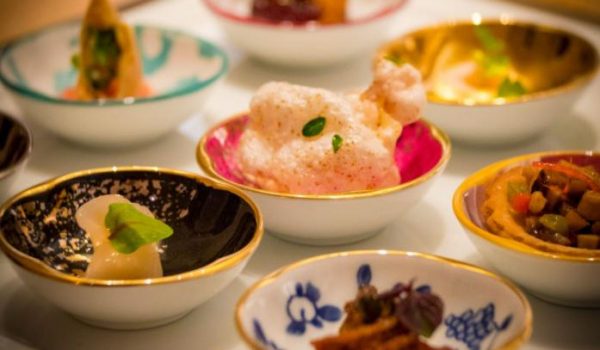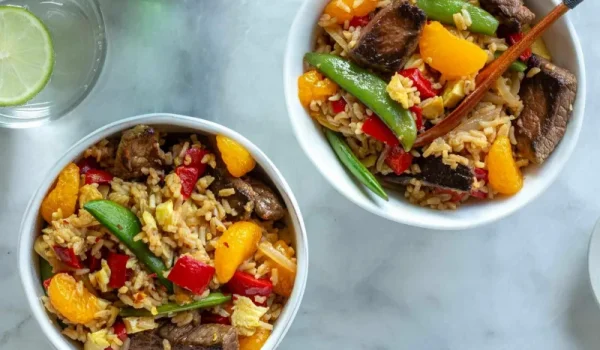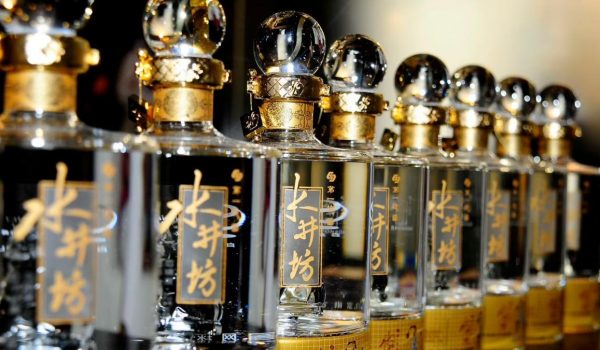While charcuterie’s association lies primarily with France and its pâté and terrines, China offers its own delicious style of preserved and prepared meats.
One of the most popular sausages is the lap cheong (腊肠) that is made from pork. They can either be fresh or smoked, and their levels of sweetness and dryness can vary. Think of them as China’s answer to American bacon. The sweeter variety more common in Southern China, imparts rich, fatty flavor to composed dishes, like Hong Kong style fried rice, or dim sum turnip cakes. Sausage flavors reflect differences in regional ingredients used. Sichuan province, known for its spicy peppers, presents a chile infused version. While in Northern China, the city of Harbin produces hóng cháng (red sausage, 红肠), which possesses more smoky, savory European flavor notes, a direct influence of Russia when it opened a sausage factory in the city in the early 1900’s.
At Chinese banquets, the first of many courses is the charcuterie or cold cut plate. Considered the welcoming starter to entice guests, it presents an array of meats with a medley of textures, colors, and fragrance – the elegance of the dish is displayed through the balance of these qualities and the precise thin slicing of each component. Beef, chicken, and pork are usually represented, but preparations may differ, and dependent on the restaurant and offered selections, some platters may be more seafood-driven. Five-spiced beef shank is braised with dark soy sauce, rice wine, and aromatic star anise, coriander, cinnamon, clove, and Sichuan peppercorn. Drunken chicken is so literally named as a whole chicken is bathed in Shaoxing wine and either steamed or poached. Once chilled, the chicken releases gelatin, which together with the wine creates an aspic that clings to the chicken. And pork shoulder might be roasted, or a pork knuckle rolled and poached with five spice, accompanied with black vinegar for dipping. Pig ear or chicken terrine might also appear on the platter. Customarily added for texture is a tangle of thinly sliced jellyfish tossed lightly with sesame oil, soy sauce, and vinegar. Sprigs of cilantro, scallions, or curly parsley typically garnish the plate.
Pidan (century egg, or thousand-year egg, 皮蛋), a Chinese delicacy of either preserved duck, chicken, or quail egg is often served with cold cuts, but also pairs with rice porridge served at breakfast, or mixed with chilled tofu as a side. The curiously black hued egg is a result of it being cured in ash, salt, quicklime, and rice husks over a few months. The texture of the egg white becomes jelly-like in texture and the yolks a dark grayish green with creamy consistency. Although to some, pidan may be an acquired taste, it imparts a salty richness that complements many dishes.
Check out the delicious Chinese charcuterie selections from China Live

